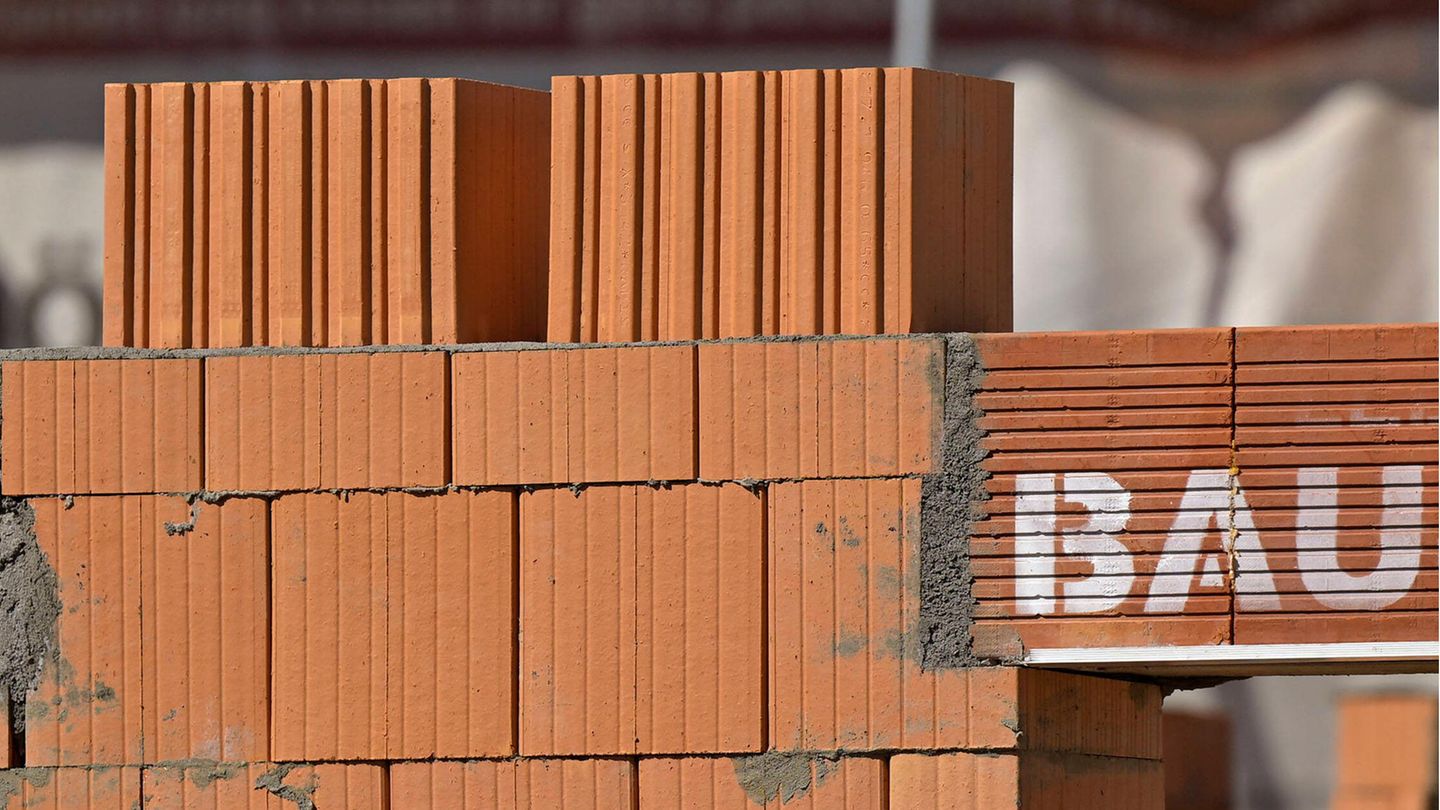property
Interest rates continue to rise – what role does the key interest rate play in this?
Construction site: Due to rising interest rates, buying a home has become more expensive
© IMAGO / MiS
Everything is getting more expensive now, including real estate loans. This is partly due to the changing demand on the money market.
One record follows the next, and not in a good way: interest rates are rising and are now at 3.98%. This is the highest level since 2011. Just a year ago it was still easy to get cheap home loans, but potential homeowners now have to dig a lot deeper into their pockets. And even those who are already paying off a current loan are worried about their next financing in view of the ever-increasing interest rates.
The interest rate is closely, if not directly, correlated with the benchmark interest rate of the European Central Bank (ECB). The construction interest is linked to the yield on federal bonds with a ten-year maturity. These in turn are the basis for the so-called Pfandbriefe. Banks use Pfandbriefe to borrow money from institutional investors, which financial institutions in turn use to finance real estate loans. Pfandbriefe are regulated by the state through the Pfandbriefgesetz (PfandBG) and are also secured in most cases with properties already owned by the bank. Even this type of loan is not free for banks: they have to pay the interest rate of the mortgage bond, which corresponds to the interest rate of the ten-year federal bond. To turn it into a profitable business, banks pass the Pfandbrief interest rate to their home loan clients at a premium.
As long as interest rates are low, the capital market in particular is attractive to investors because there is little to be gained in direct comparison on the money market. But if the key ECB interest rate rises, the question will change: the money market will become more attractive. Investors and savers can now achieve relatively higher returns through money market paper, call money and fixed-term deposits. So investors are moving their money out of the capital market and into the money market. The result: 10-year federal bonds traded on the capital market are now less attractive. In order for the bond to lose none of its attractiveness, the state must increase its yield by paying higher interest. This brings us to the real problem: interest rates on the ten-year federal loan rise and, as a result, the interest rate on the mortgage loan rises: the foundation for construction financing becomes more expensive.
Interest rates continue to rise
With the current construction interest rate of 3.98 percent, this shouldn’t be the end. This is what Mirjam Mohr, head of Interhyp’s private client business predicts: “Interest rates are unlikely to drop noticeably again in the foreseeable future.” The general economic situation is likely to remain tense for a while. As long as the inflation rate is rising or has remained at such a high level, the ECB’s monetary policy will remain tight. “That’s why we expect interest rates to continue to rise moderately,” says Mohr. Interhyp interest rate experts assume that building interest rates will rise by about four percent by the end of the year. “But downward fluctuations are possible. Additionally, condition adjustments are often priced at different rates by banks, so offer comparison is especially useful in a volatile environment, ”says Mohr.
The rise in interest rates is also reflected elsewhere. The repayment rate of real estate loans is continuously falling. Experts from real estate financier Dr. Klein: “The initial repayment rate for initial and follow-up financing is approaching 2% from the top in September,” says Michael Neumann, CEO of Dr. Small Private Clients AG . With the low repayment rate, borrowers want to keep their monthly costs as low as possible. “At best, the initial repayment should be between two and three percent, because the lower the repayment, the longer it takes borrowers to pay off their property,” Neumann says. “However, lenders are currently offering more and more initial one percent repayments.”
In contrast to the refund, the standard rate increases. It represents a calculation model for mortgage loans and illustrates changes in interest rates. Dr. Piccoli experts calculate them for a loan of 300,000 euros, two percent repayment, 80 percent loan-to-value ratio and ten years of fixed interest: “In September the standard rate rises to the new high of the year of 1393 euros . Compared to the same month last year, it has increased by 603 euros, “says Neumann.
So far, however, rising interest rates have not held back those willing to buy from the dream of owning a home, according to Neumann. “You can turn one or the other screw to continue supporting your construction financing, such as the average fixed interest rate,” says the expert. Because the shorter the period for which interested parties can set an interest rate, the cheaper it will be. On the other hand, those who guarantee interest for a longer period of time benefit from greater planning security and a lower loan for subsequent financing.




:quality(85)//cloudfront-us-east-1.images.arcpublishing.com/infobae/2TU52Z5LVREV7JHIEVISMORKXM.jpg)